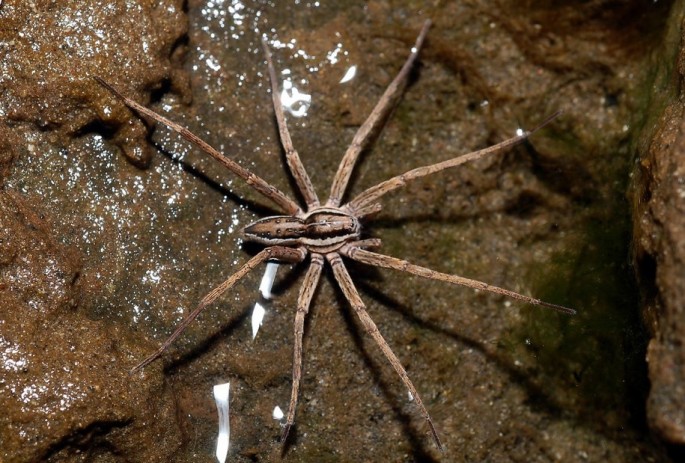A new study reveals that spiders can actually sail over the surface of water with their special legs and web material. These clever arachnids apparently use their silk to anchor themselves where their legs become sails as they propel and glide themselves over water, similar to a sailboat.
Researchers examined some 325 spiders originating from 21 species that were collected from nature preserves and islands all over Nottingham, United Kingdom. These creatures were then involved in experiments where they were subjected to air blasts in order to compare the different spiders' strategy on solid surfaces as opposed to aquatic surfaces.
These new findings can now help explain how spiders are able to travel over vast distances and colonize new environments quickly. The spiders also possess the ability to sail across fresh and salt waters even in turbulent conditions.
According to scientists from the SpiderLab of the University of Nottingham, this is the first time that money spiders are observed using water tension where their legs use a rudder and a good steady wind flow to propel themselves over the water.
When the spiders wish to slow down or even stop their journey, they launch an anchor made from their webbing. Researchers believe that this is pivotal for the creature to latch themselves on floating debris on the water in order to guide them back to land at the shoreline.
Apart from sailing, many spiders migrate over air using ballooning where winds can carry them up to 19 miles of distance every day. This technique involves catching the wind with their silk where it can provide aerial flight that can lift them off the ground. However, with this strategy, the spiders have totally no control where they will end up and they can be in peril when they land over the water.
This sailing strategy can now help other spider species that do not possess the ability of ballooning and also to take advantage of heavy rains or flooding conditions.
This new study is published in the journal BMC Evolutionary Biology.



























